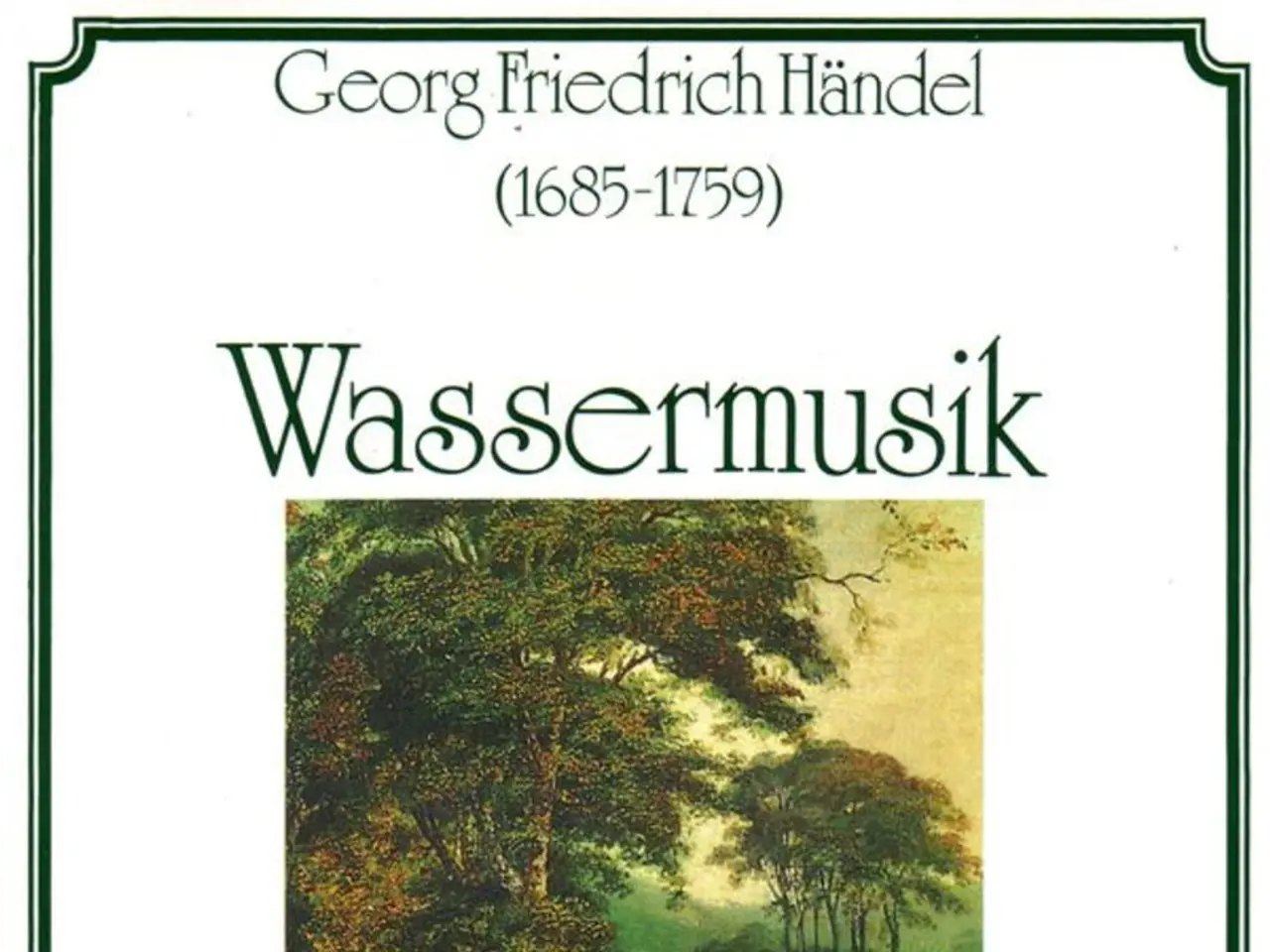Exploration of Graph-based Machine Learning Techniques, Continuation (Part 4)
In the ever-evolving world of machine learning, a new frontier is emerging: discrete graph node embeddings. This innovative approach, discussed in a recent research paper accepted for presentation at AAAI 23, offers a fresh perspective in the realm of graph learning.
At the heart of this method lies the concept of discrete node embeddings, where each node is represented by a fixed-size vector of discrete features. Unlike the default continuous node embeddings, these discrete representations are easily readable by humans and can be utilized in interpretable machine learning models.
The process of generating these embeddings is underpinned by coordinated sampling, a technique that ensures the node with the smallest random number from its k-hop neighborhood is selected for sampling. Minwise independent hashing, a coordinated sampling technique, plays a crucial role in this process.
While the minwise hashing-based approach only considers if there exists a path between two nodes in the graph, local neighborhood sampling algorithms, presented in the paper, sample neighborhood nodes according to the number of paths between two nodes. These algorithms provide a more nuanced understanding of the graph's structure.
One of the key advantages of discrete node embeddings is their efficiency. They are relatively easy to compute, requiring only a procedure for coordinated sampling from the local neighborhood at each node.
When it comes to machine learning models, several effective methods leverage discrete node embeddings. Graph Neural Networks (GNNs) with message-passing, for instance, iteratively aggregate neighborhood information to produce refined node embeddings. To prevent over-smoothing, approaches like MIND-MP retain local structural details from early iterations to preserve embedding diversity.
Embedding-based end-to-end frameworks for network alignment and random-walk-based embeddings (e.g., Node2Vec) are other methods that generate and train machine learning models with discrete node embeddings. These methods are often trained through contrastive or self-supervised objectives.
To validate the quality of the embeddings, intrinsic and extrinsic evaluation strategies are employed. Intrinsic evaluation measures the geometric clustering behavior of embeddings, while extrinsic evaluation tests them on downstream tasks such as node classification or network alignment.
Fine-tuning and adaptation mechanisms, such as Low-Rank Adaptation (LoRA) and instruction tuning, allow for the customization of embeddings for domain-specific tasks without the need for extensive retraining.
The similarity between two discrete embeddings can be compared using the Hamming distance, which is the number of coordinates on which they differ. This algorithm is highly efficient, with each iteration taking linear time in the number of graph edges.
The best results are achieved by the more advanced approaches called L1 and L2 sampling. The sketch size, a hyperparameter that needs to be tuned, plays a significant role in the performance of these methods.
As we delve deeper into the world of discrete graph node embeddings, we uncover a promising avenue for machine learning on graphs. This innovative approach not only offers efficiency and interpretability but also paves the way for more advanced machine learning models and applications.
For those interested in exploring this field further, a reference Python implementation can be found at https://github.com/konstantinkutzkov/lone_sampler.
[1] Monti, S., Jacob, T., & Lakshminarayanan, B. (2017). Geometrically-inspired regularization for deep learning on graphs. Advances in Neural Information Processing Systems, 30, 3796–3805.
[3] Tang, Y., & Wang, Y. (2015). Learning node embeddings for graph alignment. Proceedings of the 22nd ACM SIGKDD International Conference on Knowledge Discovery and Data Mining, 1479–1488.
[5] Grover, A., & Leskovec, J. (2016). Node2vec: Scalable Feature Learning for Networks. Proceedings of the 28th ACM SIGKDD International Conference on Knowledge Discovery and Data Mining, 1705–1714.
Data-and-cloud-computing technology plays a crucial role in enabling the computation of discrete node embeddings, an innovative approach in machine learning on graphs. Artificial-intelligence models, such as Graph Neural Networks (GNNs) with message-passing, can leverage discrete node embeddings for generating refined node representations, thanks to the efficiency and interpretability they offer.




